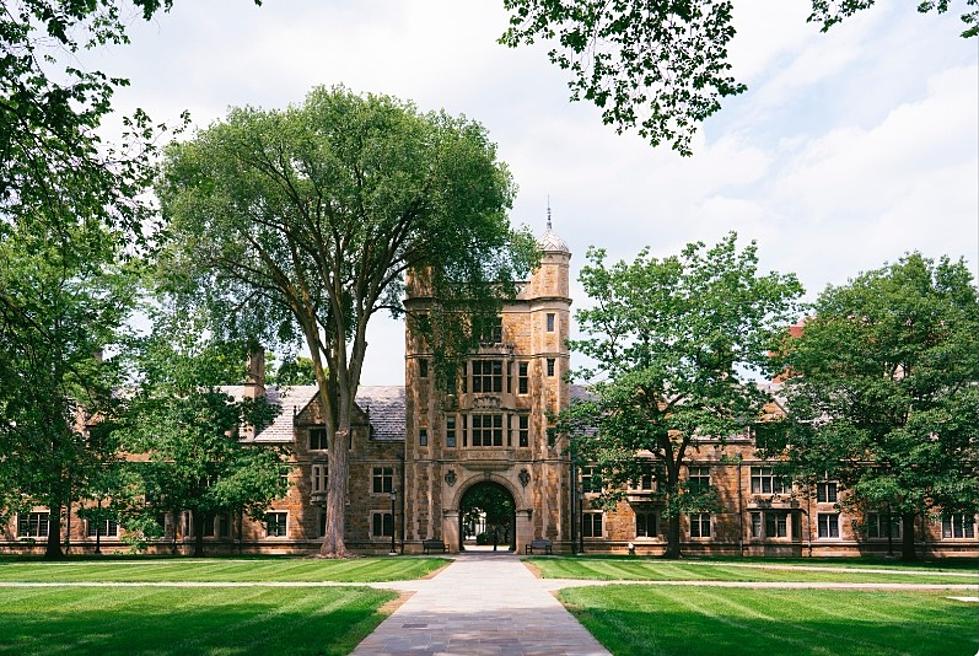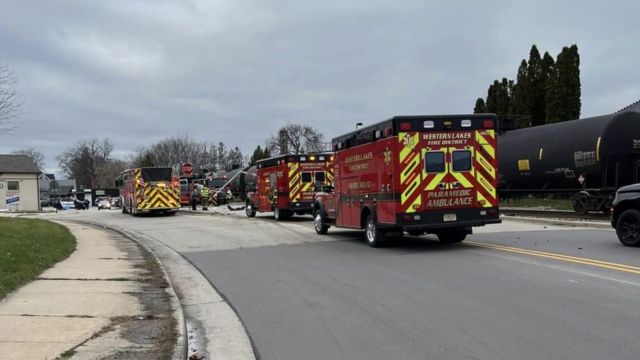In a recent study conducted by Degree Choices, a list of the “most dangerous college campuses” in the United States has been released, aiming to assist students and parents in making informed decisions about higher education. The rankings are based solely on publicly available U.S. Department of Education data, including information from IPEDS and the College Scorecard.
Table of Contents
Top 10 Most Dangerous College Campuses
The list reveals the 10 most dangerous college campuses in the country, as determined by the number of violent crimes reported on campus between 2019-2021. Here are the rankings:
- University of Michigan, Ann Arbor: 1,468 violent crimes
- Ohio State University: 583 violent crimes
- UC Berkeley: 242 violent crimes
- Xavier University: 240 violent crimes
- University of Iowa: 225 violent crimes
- Geisinger Commonwealth School of Medicine: 194 violent crimes
- Penn State: 138 violent crimes
- Stanford University: 138 violent crimes
- Texas A & M University, College Station: 116 violent crimes
- University of Minnesota: 114 violent crimes

Methodology and Criteria
Degree Choices utilized recent Campus Safety and Security data from the U.S. Department of Education to analyze violent crimes on campus. The analysis focused on colleges with at least 500 students, and rankings were based on the highest numbers of violent crimes reported between 2019-2021.
Understanding Violent Crimes
The FBI defines violent crimes as including rape, murder, manslaughter, aggravated assault, and robbery. These offenses form the basis for evaluating the safety of college campuses and determining their placement on the list.
Implications for College Choices
The release of this list raises questions about the safety of college campuses and the factors that contribute to their ranking. It is essential for students and parents to consider campus safety records alongside academic reputation when making decisions about where to pursue higher education.
Community Relevance
The study has particular relevance for New York residents who often travel out-of-state for college. The information serves as a valuable resource, aiding in the critical decision-making process regarding where to attend college.
Conclusion: Navigating the Decision-Making Process
As prospective college students and their families navigate the complex landscape of higher education, safety considerations become paramount. The Degree Choices study sheds light on campuses with reported higher incidences of violent crimes, offering valuable insights for those weighing their college options.
In the pursuit of knowledge and personal growth, safety should remain a top priority. The findings of this report underscore the importance of holistic research and informed decision-making when it comes to choosing the right educational institution. As the college application season continues, prospective students are encouraged to use this data alongside other relevant factors to ensure a well-rounded understanding of the colleges they are considering.














+ There are no comments
Add yours